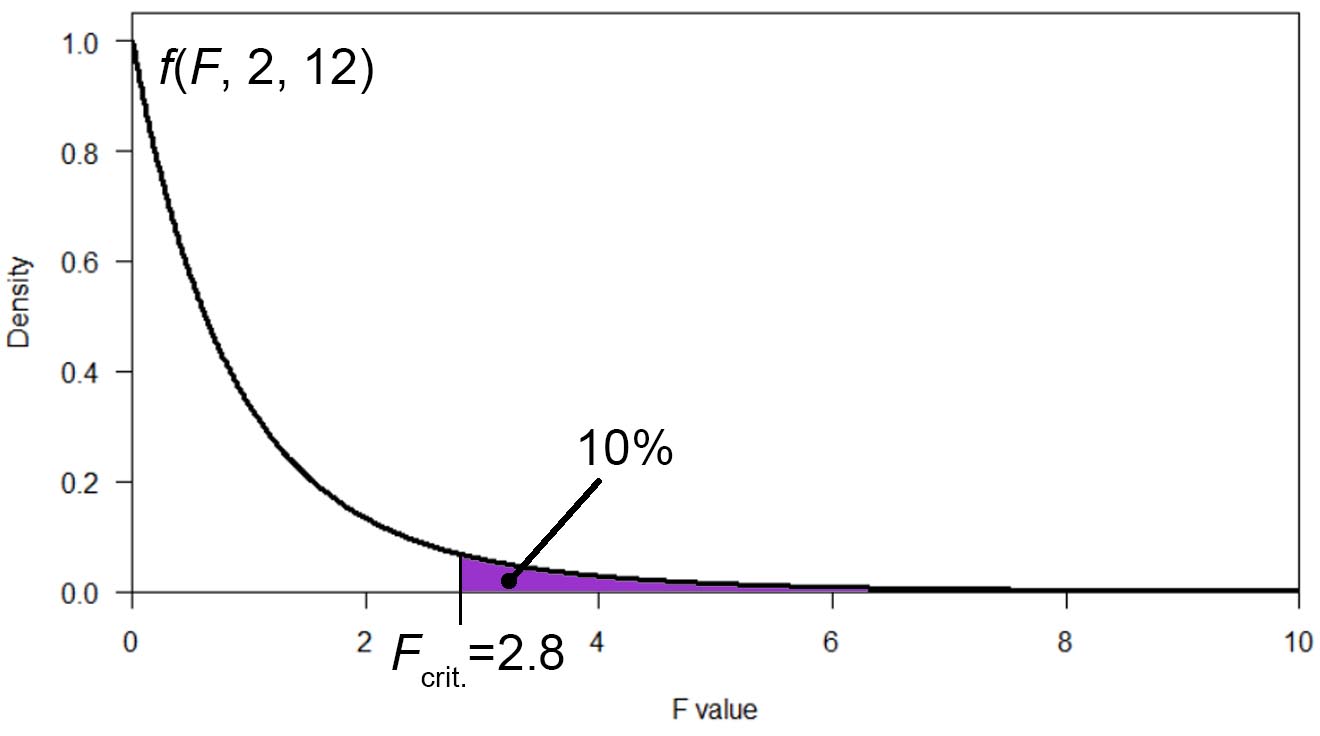|
Course Syllabus Environmental Statistics I (MEES 698B) Fall 2015 (see schedule)
Instructors:
Dong Liang Lectures: Monday, Wednesday 10:00–11:30 a.m. IVN (?) Course Objective: This course will extend the quantitative training for students in the environmental sciences. It will explore the basic practices of statistics to inter-disciplinary environmental data. The goal is to train students with the statistical knowledge and tools needed to conduct statistical analysis in their own research. The statistical programming language R is used in class, to complete homework sets, and to analyze online data.
Course Contents:
Required Textbook: Given the diverse topics covered in this course, we recommend a general "how to" book in R. The statistical contents would be illustrated using real data examples, delivered through handouts, and supplemented by suggested readings from the following e books accessible from the libraries.Crawley, M. J. 2007. The R Book. John Wiley and Sons. ISBN 9780470510247Reference Textbooks: Oehlert, G. W. 2000. First Course in Design and Analysis of Experiments Chatterjee, S., Hadi, A. S. and Price, B. 2000. Regression Analysis by Example Lane et al. 2013 Introduction to Statistics. WEB http://onlinestatbook.com Brockwell P. J. and Davis R. A. 2002. Introduction to time series and forecasting. 2nd ed. Springer: New York. Shumway, R. H. and Stoffer D. S. 2014. Time series analysis and its applications. 3rd ed. R Reference Websites: cran.r-project.org/doc/manuals/R-intro.pdf www.statmethods.net/index.html Grading and Philosophy for the Class: Grades will be based on performance of two take home exams, and an individual project and homework problem sets. The exams and individual project will represent 30% of the grade. The homework problem sets will make up the remaining 10%. In cases where students are borderline between lower and higher grades, a high level of participation in the class discussions and class in general will win the day for the higher grade. Homework problems are essential to understanding of the materials. Although the homework comprises only 10% of the final grade, performance on the exams is usually correlated with effort on the homework problems. Whereas plagiarism will not be tolerated, students are encouraged to work together to learn from one another and solve problems in a collaborative and collegial way (aside from the take home exam).
Distribution of Class Materials: We will be using the distance learning tool, Moodle for storing and disseminating class information – class notes, R code and output, assigned readings, and even discussion threads if you wish. Each student will be given a personal login and password to access the site. Materials for the next class will be posted no later than 12 hours before the beginning of the class. You are strongly encouraged to download and bring the R code and output to each class as these are critical components of the lectures and may be hard to follow without having these in front of you. For the first several class periods, we will email reminders to get the info for class and where the info will be located. Please bookmark the Moodle site (https://moodle.cbl.umces.edu/login/index.php) in your web browser so that you can rapidly get there. Fall Semester 2015 Academic Calendar Start Date August 31 (Monday) Labor Day September 7 (Monday) Thanksgiving Recess November 26 - 29 (Thursday - Sunday) Last Day of Classes December 11 (Friday) Final Project December 14 - 18 Tentative Course Outline
Individual project*
* Well done projects are sometimes good enough to publish or may become a chapter in your thesis, so keep this in mind during your project. |

|